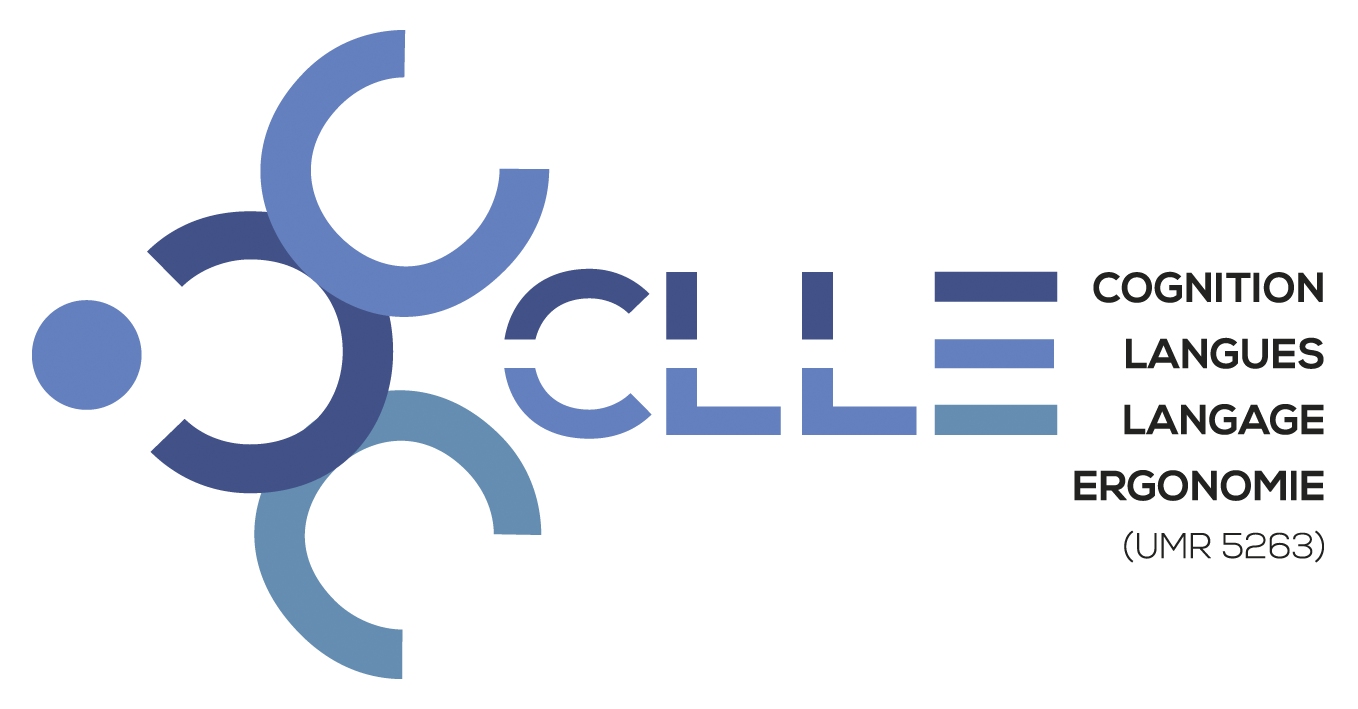-
Partager cette page
Innovative protocol of an exploratory study evaluating the acceptability of a humanoid robot at home of deaf children with cochlear implants
Publié le 3 juillet 2023 – Mis à jour le 3 juillet 2023
Sabrina Stiti , Loïc Caroux, Pascal Gaillard, Pierre-Vincent Paubel, Olivier Deguine
 Editor: Joseph Donlan, PLOS ONE, UNITED KINGDOM
Editor: Joseph Donlan, PLOS ONE, UNITED KINGDOMPublished: June 16, 2023
https://doi.org/10.1371/journal.pone.0285927
The purpose of this paper is to introduce a research methodology for the assessment of the acceptability of a humanoid robot at home for children with cochlear implants (CI). The quality of audiology rehabilitation for cochlear implanted child administrated at the hospital with pluri-weekly sessions is a major prognostic factor in the outcome on communications abilities, but represents also a constraint for families related to the access to care that are more difficult. Further, home training with tools would balance the equitable distribution of care in the territory and promote the child’s progress. The humanoid robot should allow an ecological approach to this complementary training. Before developing this approach, it is necessary to study the acceptability of the humanoid robot at home, both by cochlear implanted child and their families. Ten families were chosen to have a humanoid robot at home, to explore their acceptability of the humanoid robot Pepper. The study lasts for 1 month per participants (i.e. cochlear implemented children and parent). Participants were invited to use the robot at home as much as they want. The humanoid robot Pepper was able to communicate and proposed activities not related to rehabilitation. Once a week during the study, data were collected from participants (questionnaires and robot’s logs) and the smooth running of the study was checked. Questionnaires are used to evaluate the acceptability of the robot by children and parents. User data from the robot’s logs are used to quantify the time and the actual use of the robot over the period of the study. Results of the experimentation will be reported, once all 10 participants have completed their passation. The robot is anticipated to be used and accepted by children with cochlear implants and their families.





